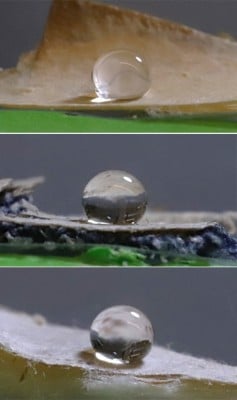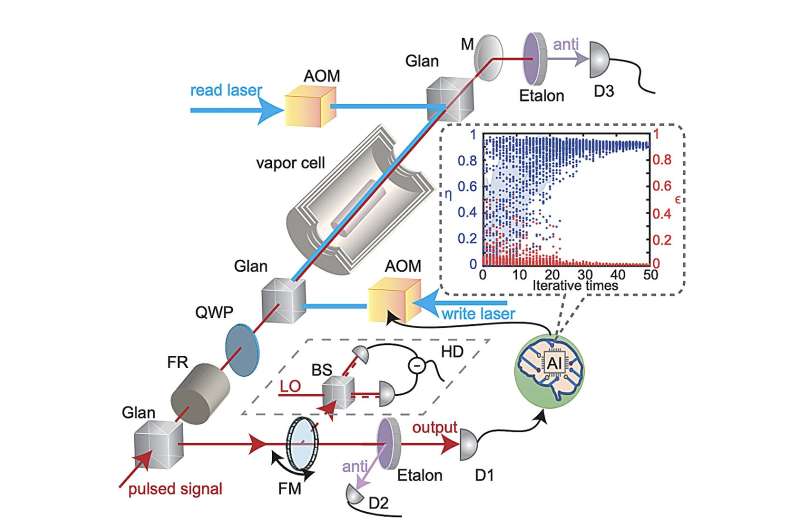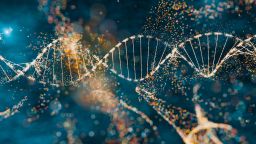A team of researchers has discovered a novel method to create waterproof materials using edible fungus, potentially offering a sustainable alternative to single-use plastics. This breakthrough, reported in the American Chemical Society’s journal, Langmuir, presents a promising solution for enhancing the functionality of everyday materials such as paper and fabric.
The innovative approach combines the properties of edible fungus with fibers derived from wood. The resulting composite creates a barrier that effectively blocks the absorption of water, oil, and grease. This development could significantly impact industries that rely on coatings for disposable items like paper cups and food wrappers, which currently contribute to global plastic waste.
Addressing Environmental Concerns
With increasing scrutiny on plastic pollution, the search for eco-friendly alternatives has intensified. Traditional coatings for paper products typically involve synthetic chemicals that are not biodegradable. In contrast, the use of edible fungus offers a natural, biodegradable option that aligns with sustainability efforts.
Researchers worked meticulously to analyze the structural properties of the fungus, ensuring that it not only serves as a waterproof barrier but also maintains the integrity and functionality of the base materials. The incorporation of wood fibers enhances the overall strength and durability of the composite, making it a viable replacement for conventional plastic coatings.
This innovation is particularly timely, as global initiatives aim to reduce plastic consumption. According to the United Nations, approximately 300 million tons of plastic are produced each year, with a significant portion ending up in oceans and landfills. The introduction of biodegradable alternatives could help mitigate this pressing environmental challenge.
Future Applications and Implications
The potential applications for this fungus-based material extend beyond food packaging. Industries such as textiles and construction could also benefit from the waterproof properties. Clothing made from this material could offer enhanced protection against moisture, while building materials could gain added durability and longevity.
As researchers continue to refine their techniques and explore commercial viability, the next steps will involve large-scale testing and production. Collaboration with manufacturers will be crucial to integrate these materials into existing supply chains.
This pioneering research highlights the intersection of sustainability and innovation. By leveraging natural resources, scientists are paving the way for a future with reduced reliance on harmful plastics. As the global community seeks sustainable solutions, the development of waterproof materials from edible fungus represents a significant stride towards a greener planet.







